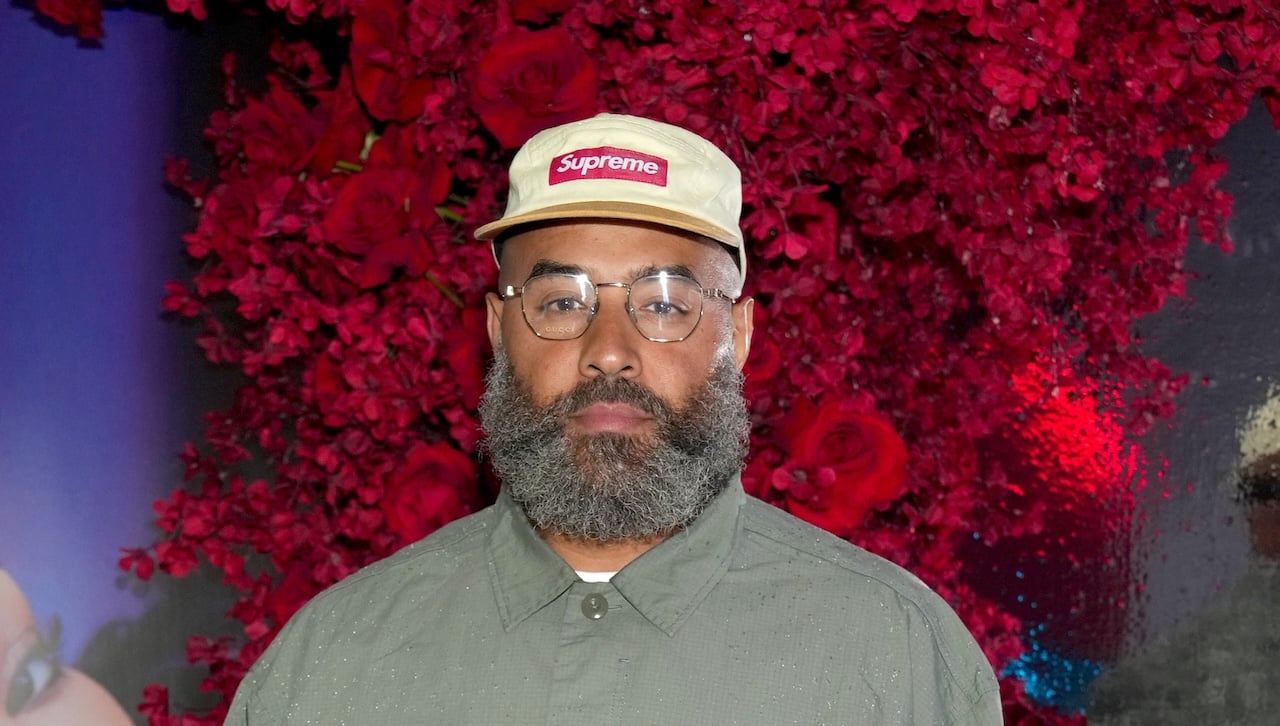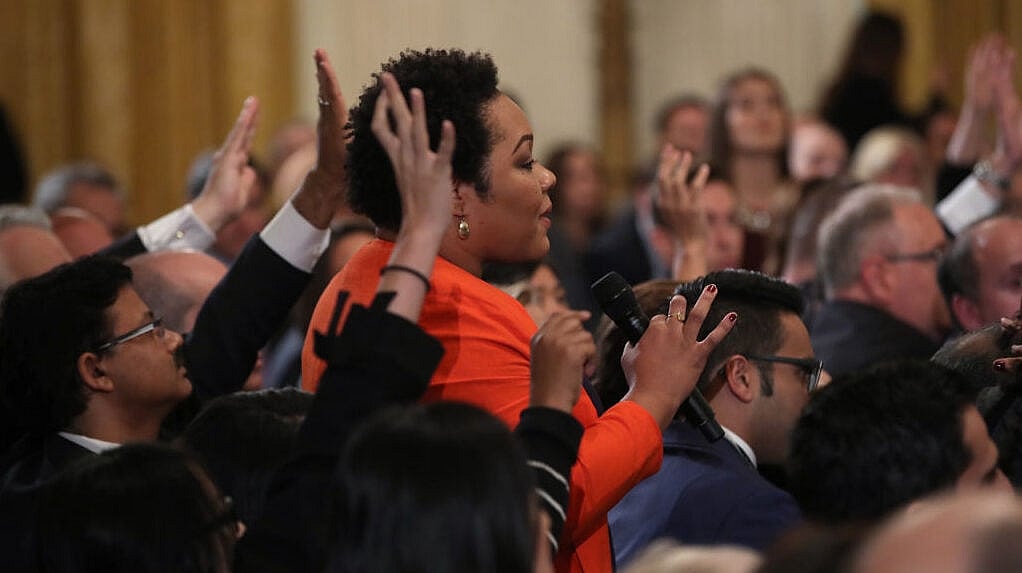As the rate of change continues to accelerate, one key attribute makes organizations more change-ready: a culture of being loud. Organizations that combine strong views with rigorous debate across all levels can change faster and more effectively than those that embody a “culture of nice.”
“Nice” cultures value politeness and camaraderie in the hope that “getting along” will drive things forward. But nice cultures have an unintended shadow: People are afraid to share alternative perspectives. When leaders and managers hold changes close to their chests, often with the positive intent of shielding their teams from disruption, they unintentionally create greater stress—because while people are aware that change is coming, they aren’t involved in any solutions. This is a common problem. Gallup research found that only 7% of workers in the U.S. strongly agree that their company’s communication is open, accurate and timely.
A change-ready, loud culture is not cruel or mean but creates space for dialogue. It expects all members of the organization to air opinions, present alternatives and engage in debates. When members do, magic can happen. But alternatives and debates are only effective if individuals hold their ideals loosely and adapt their points of view based on new information. This is especially tough for leaders who are accustomed to operating in a culture of nice. However, when leaders experience the benefits of empowering their teams to be loud, they don’t look back.
Getting loud in the most thoughtful way possible
Allowing people to acknowledge and address the changes around them buoys their innate resilience. It also creates a shift from seeing change as a threat to viewing it as a continued source of opportunity.
Today, change has changed. No matter what happens geopolitically, competitively or economically, some organizations will always rise to the challenge. Businesses that encourage “loudness” position themselves to keep up—and often lead the curve. A McKinsey study noted that “Employees of successful innovators are also three times more likely to say that their organizations make it easy to critique ideas openly.”
One of the biggest benefits of bringing everyone into the change conversation is that change can be evaluated holistically. These conversations consider everyone’s experience rather than a top-down view that may miss critical perspectives from those closest to the customer. This opens the door for wiser, more intentional choices. It’s important to note that this doesn’t mean everyone gets to decide on the change, but it does mean that everyone knows they have been heard.
How to be loud: The downsides of politeness
Our company worked with a healthcare entity that was knee-deep in a culture of nice. The process was always the same: Leaders would add priorities on top of priorities in response to changes. No one said anything because they were afraid to criticize others’ ideas and risk being seen as non-team players. Candid discussion only happened behind closed doors. The team just kept absorbing more priorities, ostensibly in the name of patient and employee success.
What was the fallout of all this politeness? Initiatives kept being launched but never went anywhere. They just faded. Nobody followed up. Had there been more of a culture of being loud, they would have been able to stop piling on responsibilities and start being honest about what was possible and therefore better able to prioritize what patients and employees needed most.
This doesn’t necessarily mean that you should open the floodgates and tell everyone to chime in. Rules and frameworks to guide decision-making, accountability and input are essential if you are going to move from a politely quiet organization to a robustly loud one. In our experience, there are four approaches that most commonly lead to change-readiness.
4 ways to get your team ready for change
1. Get your ears into the action
We sometimes see a misconception that being loud means constantly sharing opinions. This is only half right. It’s equally as important to listen with curiosity to others’ ideas as it is to advocate for your own.
One of the ways to maintain a culture of listening is to speak about another person’s thoughts before you speak about your own. (“Well, what I liked about Susan’s idea was…”) Afterward, you can share your ideas. Or even better, share back what you heard in your own words, allowing them an opportunity to correct any misinterpretations. (“Are you saying…?”)
This may sound like a small shift, but it forces you to slow down and process what others are sharing in real time. Leaders in change-ready organizations excel at active listening. Active listening creates a safe space where it feels OK to interrogate and debate without making anyone feel uncomfortable or overwhelmed.
What’s more, 40% of respondents to a 2021 Workforce Institute survey didn’t believe that their feedback led to actionable change in their organizations. Ensuring that people feel heard and understood mitigates these feelings. Every opinion will not lead to an action, but active listening ensures that everyone is part of the conversation.
2. Stay ahead of postmortems with premortems
You’ve heard of a postmortem, but how about a premortem? This is when you consider all the reasons an idea might fail before it even gets started. It also brings everyone into the conversation in a very different way.
During the premortem, fast forward six to 18 months into the future. Define what success would look like—and what would be different if the initiative were successful. Then ask, “Why might this end in spectacular failure? What went wrong? What got in the way?”
These questions engage people’s innate instincts to spot threats and provide space to safely dissent. Everyone can put their cards and worries on the table before anything is at stake. It also provides senior leaders with data on what parts of the organization may have the most resistance to change.
Commonly, the premortem becomes a springboard for innovative mitigation plans. When you explore the possibility of failure at the beginning, team members own mitigating or minimizing risk. It’s a very simple tool that opens the door for honest conversations and shared ownership of solutions.
3. Believe in authorship as ownership
When people are part of a change, they’re more apt to get behind it. They see their fingerprints on it. The premortem helps this process move forward because it invites dissent and engages in resistance, creating personal “imprints” on each solution.
The next step to authorship of a change is allowing each level of the organization an appropriate stake in how that change happens. Change-ready organizations hold firm to the vision but are flexible in the execution. They give the teams that are closest to the work the responsibility of deciding how it gets done, and they hold those teams accountable for the vision’s success.
Be careful not to let authorship of the vision become a barrier to decision-making. One firm we’ve consulted with used to hold meeting after meeting to gain input. The ideas just kept coming. Everyone was an author—but no one could ever launch a campaign because they were so focused on authorship.
When they shifted authorship and accountability to how that vision would come to life, teams were engaged and empowered for their part of the work, kick-starting momentum and progress that instilled pride in the team.
4. Be loud about mistakes (and learnings)
In times of change, all organizations are going to make mistakes. This is especially true for organizations that push execution downward. As a change leader, your job is to be comfortable with being vulnerable.
Nice cultures often shy away from talking about mistakes for fear of making people feel bad. But effective change leaders are loud about the mistakes they’ve made, connect the mistakes to lessons they’ve learned and set a precedent for their teams to do the same.
We worked with one consumer goods business whose leaders were great at empowering junior employees to run with their concepts. But to instill accountability, failure was dealt with quickly and swiftly. Upon closer look, junior employees were so afraid to fail that they were immobilized by any changes in the strategy. They didn’t share concerns or risks to execution. When senior leaders started getting loud about their own mistakes, they created the space for team members to share theirs. As a result, mistakes became lessons, conversations became candid and execution became more agile.
Make your business change-ready
You can’t expect people to move outside their comfort zones and embrace change if you’re not willing to accept failure. Reflect on the missteps you and your organization have made. Then talk about them freely so they become lessons learned. The McKinsey research mentioned above found that “employees of top innovators are 11 times more likely than those at other organizations to say that their organizations incentivize risk-taking and five times more likely to report encouragement of experimentation.”
Change is a constant in our universe, and it’s coming upon us faster and faster. You have two choices at this point: You can prioritize niceness, or you can engage your ears, invite others to share risks, drive ownership downward and get a little loud. The latter is far more conducive to bringing your team along with the change.
Photo by Studio Romantic/Shutterstock.com





